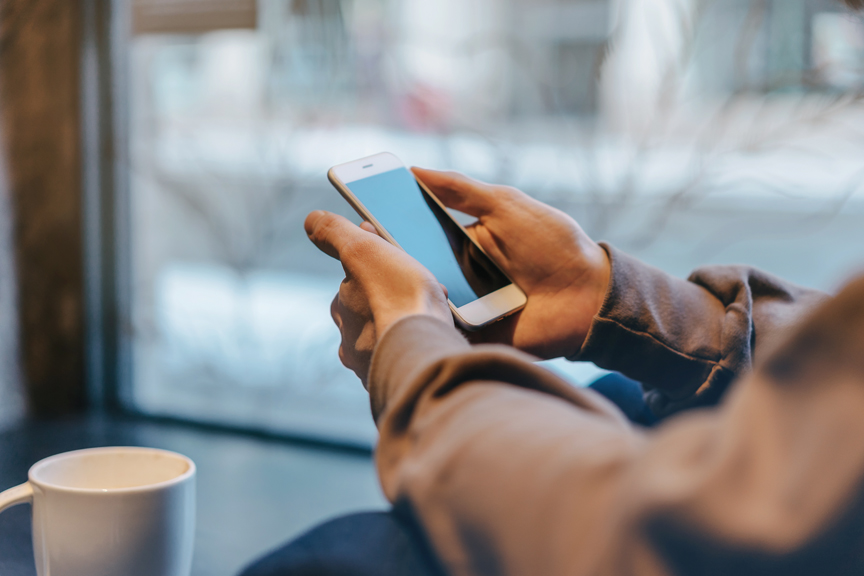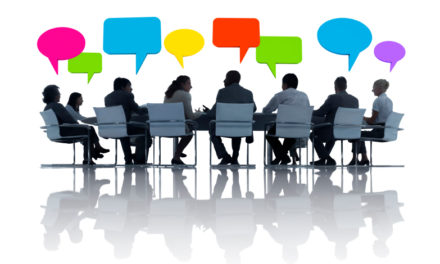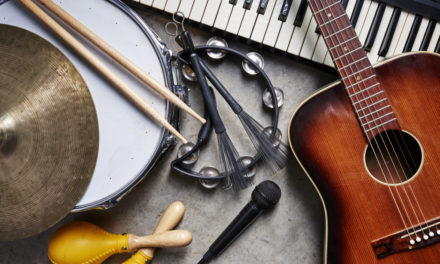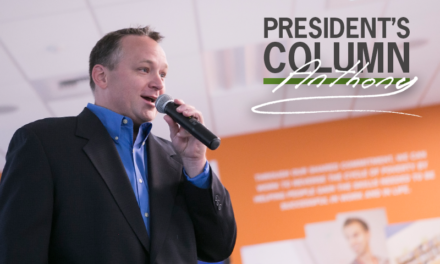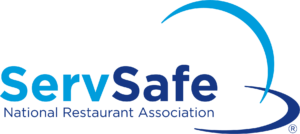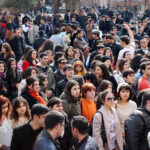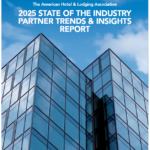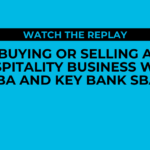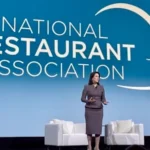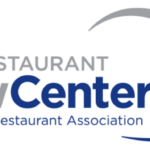Digital Waitlists
Thanks to a variety of apps and services, your waitlist no longer has to be managed with pencil and eraser, and your guests no longer need to cram in the door until their names are called. Waitlist and reservations apps from
waitlist.me, tablesready.com and waitwhile.com use texting to transform the wait experience. Yelp got into the act when it purchased Nowait, which allows diners to check on wait times at possible restaurants and to put their names on a waitlist without entering the restaurant.
mPOS
“Alternate ordering” is not just providing kiosks or online order options. It now includes POS systems that integrate with tablets that can be used to take orders anywhere in a restaurant or hotel. Mobile POS, or mPOS, is helping line busting during busy times as team members take orders on the go, reducing the need for guests to wait in line. Tablets have given hotels the freedom to radically rethink the front desk.
[expander_maker id=”1″ more=”Read more” less=”Read less”]
Facial Recognition
Late last year CaliBurger, a quick service restaurant chain based in Southern California, unveiled a kiosk pilot program that uses facial recognition software to identify registered customers and pull up their loyalty accounts and order preference. Customers have the option of immediately activating their loyalty accounts as they approach the kiosks without needing to swipe a card or type in identifying information. The loyalty account shows a customer’s favorite historical meal packages, enabling the customer to complete the ordering transaction in a matter of seconds. In January, the pilot expanded to include paying by looking at a camera.
Chatbots
Marriott is leading the way in using Chatbots to send a regular stream of helpful updates and respond to guest requests, before, during and even after a stay. Marriott Rewards chatbots are available on Facebook Messenger, Slack and Google Assistant, allowing guests to quickly and effortlessly get answers to basic questions and make simple requests, from setting up a wake-up to making dinner reservations. Chatbot’s like Aloft Hotel’s ChatBotlr use artificial intelligence to get smarter the more it interacts with guests.
Augmented Reality
Augmented reality is also finding its way into the hospitality industry. Early adopters, like the New York-based KabaQ, are using an AR app that allows users to see virtual 3D images of a restaurant’s food when ordering in-house or online. The company claims the app has increased sales by 34 percent thanks in large part to how the technology helps upsell customers.
Car Ordering
Last year, General Motors introduced Marketplace for ordering and paying for food and making dinner reservations while driving one of its cars. Participating casual dining brands include TGI Fridays, Applebee’s and IHOP.
Drone Deliveries
In 2016, Domino’s claimed the first drone pizza delivery in world history. That milestone took place in New Zealand. Here in the U.S., regulations overseeing drone flights have placed severe limits on the use of drones for delivery. That, of course, hasn’t stopped Amazon and Google. Amazon Prime Air and Google’s Project Wing have been making progress, and last year the Trump administration told the FAA to allow local jurisdictions to test their own drone regulations. The program laid out in the president’s memo would allow drones to fly out of operator sightlines and to fly at night, both of which are currently prohibited under FAA rules.
[/expander_maker]

